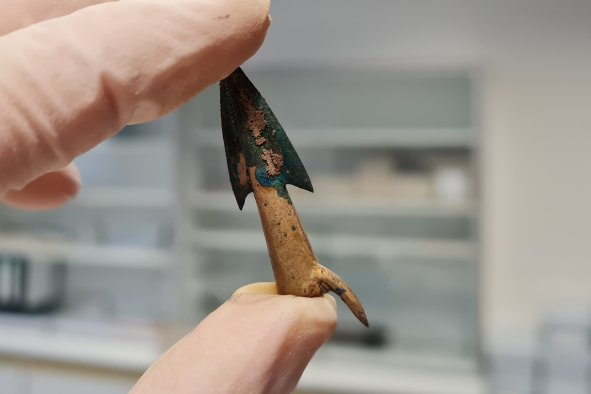Your support helps us to tell the story
Support NowAs your White House correspondent, I ask the tough questions and seek the answers that matter.
Your support enables me to be in the room, pressing for transparency and accountability. Without your contributions, we wouldn't have the resources to challenge those in power.
Your donation makes it possible for us to keep doing this important work, keeping you informed every step of the way to the November election

Andrew Feinberg
White House Correspondent
Ever feel a little electric shock when you pet a cat? Scientists say that they’ve finally figured out why it happens, and no, it’s not a jolt of love.
Motions like petting generate static electricity. For the first time, researchers at Northwestern University say they understand how the phenomenon occurrs.
“If you put your hand on a cat, you don’t get an electricity charge. But, if you stroke the fur of a cat, you do,” Professor Laurence Marks told The Indepedent on Friday.
When a hand slides across a cat’s fur, its front and back parts experience different force. It’s those difference in forces that cause electrical charges to build up in those areas, creating a current that can lead to a shock.
“Just having different deformations — and therefore different charges — at the front and back of something sliding leads to current,” Marks, the lead author of the work, said in a statement from the school.

His study was published this week in the journal Nano Letters.
But, static electricity was first reported in 600BC by Greek philosopher Thales of Miletus. He rubbed a piece of amber with fur and observed that the fur had attracted dust. Since then, scientists say it’s become clear that rubbing induces a static charge in all insulating materials, like fur. But, that was where scientific consensus ended.
Marks and student researchers started to work to fill in the blank in 2019, reporting then that rubbing two materials together bends small parts on their surfaces, giving rise to electricity. Even as Covid hit, they “kept on going at it.”
“Well, we’d done some work on tribology. So, that’s sort of things like friction. And, we’d also done some work on flexoelectricty, which is how you get voltages from things bending,” Marks said Friday. “And then, I realized that we could combine the two to start to understand how you get charges, so triboelectricity.”

They’ve since developed a new model to calculate electrical currents using something called “elastic shear.” Elastic shear can occur when a material resists a sliding force; that added friction causes electrical charges to move.
But, while static electricity may be cute to think about when petting a cat, sparks can result in industrial fires and explosions. It can also hinder consistent dosing for powdered pharmaceuticals. Scientists hope that these findings could provide solutions.
“If we understand, we can prevent; we can control,” Marks explained.
Disclaimer: The copyright of this article belongs to the original author. Reposting this article is solely for the purpose of information dissemination and does not constitute any investment advice. If there is any infringement, please contact us immediately. We will make corrections or deletions as necessary. Thank you.



